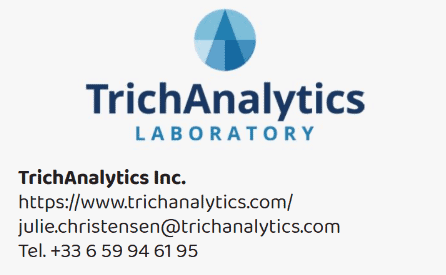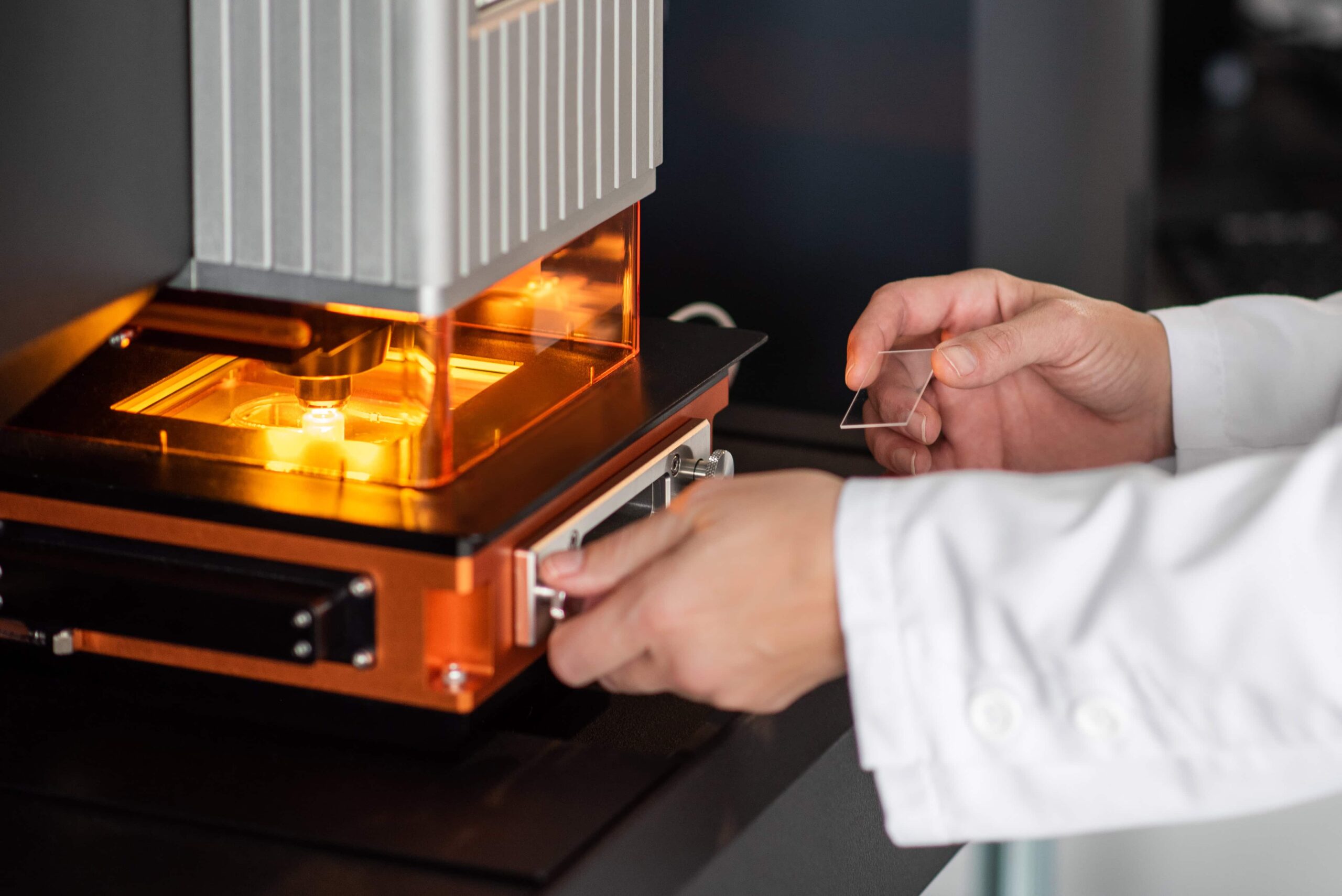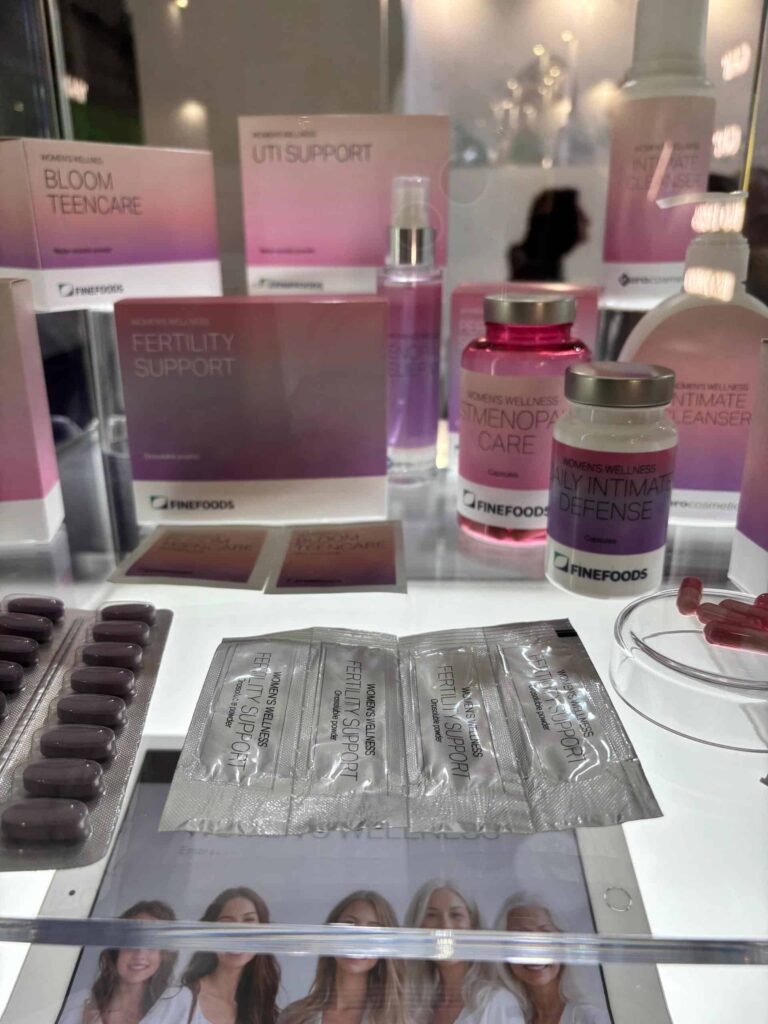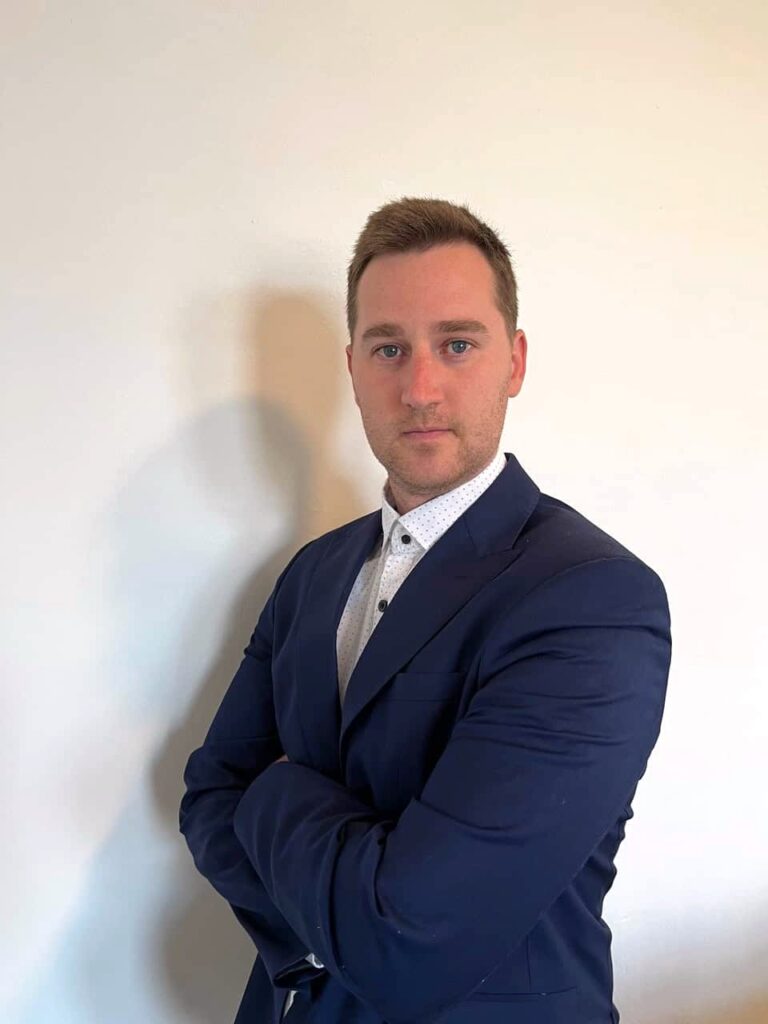Founding Inspiration: What inspired you to establish TrichAnalytics in 2016, and how has your background in toxicology influenced the company’s direction?
TrichAnalytics was born from a desire to apply advanced non-invasive methods of analysis to real-world challenges in health and the environment. My background in toxic metals and biological tissue analysis inspired me to develop more sensitive, less invasive techniques that could be applied to both human and wildlife health. I saw a gap in precision analysis that traditional methods couldn’t fill – our innovative work using LA-ICP-MS offered a transformative solution.
TrichAnalytics has expanded from Canada to international markets, including the United States, Europe, and Asia. What strategies have been pivotal in achieving this global presence?
Our global growth has been driven by scientific credibility, consistent innovation, and a commitment to customized service. We focused on strategic collaborations, word-of-mouth within professional networks, and maintaining the highest analytical standards through accreditation. This reputation has opened doors in diverse markets, from clinical research to nutritonal health to environmental monitoring.
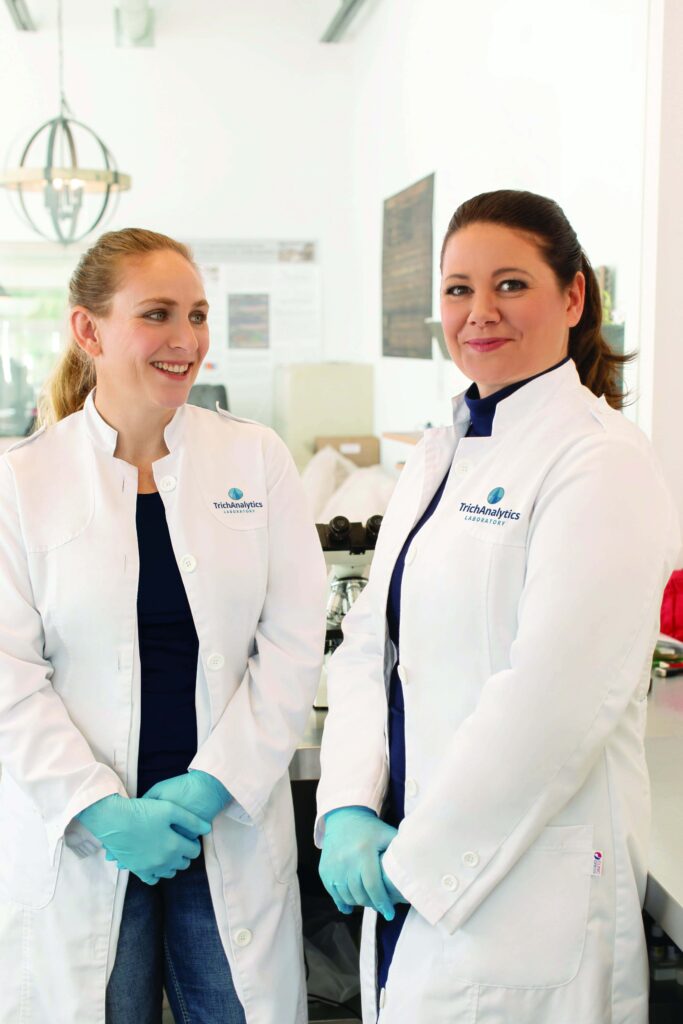
Being honored with the University of Victoria’s President’s Distinguished Alumni Award in 2025 is a significant achievement. How does this recognition reflect the company’s mission and your personal journey?
This award is deeply meaningful – it reflects both the scientific innovation at TrichAnalytics and the mentorship, resilience, and values that shaped my journey. Moreover, it aligns with our mission to elevate science with impact, bridging research and application in ways that improve lives and ecosystems.
I haven’t always been open about my struggles with Trichotillomania as a child. However, overcoming that personal challenge inspired me to learn everything I could about hair and to channel my scientific background into meaningful work. That combination transformed something I once saw as a “negative” into something constructive and valuable. It’s no coincidence the company is called TrichAnalytics—“trich” comes from the Greek word for hair.
TrichAnalytics utilizes a laser ablation inductively coupled plasma mass spectrometer (LA-ICP-MS) for microscopic analysis. Can you elaborate on how this technology sets you apart in biological tissue analysis?
Our LA-ICP-MS system allows us to analyze tissues at a micron scale with exceptional precision. Other laboratories are unable to quantify metals at those small volumes. Unlike conventional techniques, our approach offers spatial resolution, minimal sample prep, and the ability to detect elemental changes over time in some tissues. It’s a true differentiator in the field of biological tissue analysis.
Your methods allow for less invasive and non-lethal monitoring programs. How has this approach impacted environmental and nutritional health studies?
Our non-invasive and non-lethal methods – such as hair, nail, and fish tissue plug analysis – have significantly advanced both environmental and nutritional health studies. By using biological tissues that can be collected without harm, we enable more ethical, sustainable, and repeatable monitoring programs. This has proven especially valuable for wildlife research, where traditional sampling can be logistically challenging or ethically restrictive.
In environmental contexts, our methods allow for the detection of toxic metals in species without sacrificing fish, supporting conservation efforts and long-term ecosystem monitoring. In nutritional health, the use of hair analysis in humans and animals enables us to track exposure to toxic elements and assess nutritional status over time, often revealing correlations that would be missed through blood or urine alone.
This approach has opened doors to novel insights – such as how diet affects metal excretion or how external contamination can negatively affect the interpretation of health risks. Ultimately, non-lethal sampling supports more frequent, widespread, and accessible testing, enhancing the ability of researchers, clinicians, and policymakers to make informed, data-driven decisions.
TrichAnalytics offers analyses on various samples, including fish tissues, benthic invertebrates, and algae. How do these services contribute to environmental monitoring and conservation efforts?
TrichAnalytics’ specialized analysis of fish tissues, benthic invertebrates, algae, and other environmental samples plays a critical role in monitoring ecosystem health and supporting conservation efforts. These organisms serve as key bioindicators – meaning they reflect the condition of their surrounding environment through the chemical elements accumulated in their tissues.
By using LA-ICP-MS, our laboratory is able to detect and quantify trace levels of toxic metals (e.g., mercury, lead, selenium) and other contaminants. This enables researchers, regulators, and conservationists to identify pollution sources and trace how contaminants move through aquatic food webs. It also allows for the monitoring of long-term environmental trends without the need to sacrifice large numbers of organisms, making the process more ethical and sustainable. In addition, our analyses help assess the impact of industrial, agricultural, or urban activities on aquatic ecosystems and provide the robust, site-specific data needed to inform effective habitat restoration efforts and policy decisions.
Our methods are applied across a range of species and tissue types that allow for comprehensive ecosystem assessments with minimal ecological disruption. This supports the development of sustainable monitoring programs that align with conservation goals while maintaining scientific rigor.
Ultimately, our services help bridge the gap between laboratory science and real-world environmental stewardship – providing the data needed to protect biodiversity and ensure the long-term health of aquatic ecosystems.
Your laboratory specializes in analyzing hair for elemental concentrations. What insights can be gained from these analyses regarding human health and exposure to environmental contaminants?
Hair serves as a long-term biological archive, storing valuable information about your body’s exposure to nutrients and toxins over weeks or even months. Unlike blood, which is tightly regulated by the body and reflects only short-term status, hair is not influenced by daily fluctuations or homeostasis. This makes it a powerful tool for understanding chronic exposure and nutritional trends.
At TrichAnalytics, we use advanced laser-based technology to accurately measure elemental concentrations in these tissues. What sets us apart is our ability to separate what’s actually inside the body from what’s merely sitting on the surface – such as contaminants from pollution, water, or hair treatments. This distinction is critical for accurate, meaningful results.
Through this analysis, we can detect exposure to harmful metals such as mercury, lead, and arsenic; identify imbalances in essential minerals like zinc, selenium, and copper; and evaluate the effectiveness of supplements by tracking changes over time. In addition, we can assess whether concerns related to hair health may be connected to internal nutritional issues, offering a more complete picture of overall wellbeing.
Your Quality Management System is accredited with ISO/IEC 17025 through CALA. How does this accreditation enhance client trust and ensure the reliability of your analyses?
Our ISO/IEC 17025 accreditation gives clients the acknowledgement from a third-party (i.e., CALA), through rigorous audits, that our quality management system follows international guidelines for the competence of a testing laboratory. This means that our quality control and quality assurance practices are held to international standards. Our test methods are validated and our sample traceability is thoroughly documented. Our clients understand the requirements necessary to achieve ISO/IEC 17025 status and therefore, there is no doubt as to the reliability of our analyses.
TrichAnalytics emphasizes bespoke client service. Can you share examples of how you’ve tailored your services to meet specific client needs or unique project requirements?
At TrichAnalytics, tailoring our services to each client’s unique objectives is at the core of what we do. We specialize in providing a scope of work to clients to meet their specific goals – whether in environmental science, clinical studies, or animal health.
For environmental clients, we often work with very small or delicate samples – like fish ovaries or frog eggs – that other labs can’t process. Our methods are tailored to handle these unique tissues, ensuring accurate results even from micro-samples.
In clinical and nutraceutical trials, we design custom testing protocols for each supplement to assess its bioavailability, uptake into the body and tracking real changes in nutritional and toxic metal levels over time.
Our personalized approach ensures that each project is scientifically robust and truly aligned with the client’s needs.
With rapid advancements in analytical technologies, how does TrichAnalytics plan to stay at the forefront of innovation in environmental and nutritional health analysis?
We continually invest in R&D, partner with academic institutions, and remain agile in method development. Our focus is not just on adopting new technologies – but on applying them in novel ways to solve evolving health and environmental challenges.
What are some of the current challenges in the field of biological tissue analysis, and how is TrichAnalytics addressing them?
One major challenge in biological tissue analysis is sample volume. Generally, it can be very difficult to collect enough tissues, like benthic invertebrates, for conventional analysis. It is time-consuming for the collector, cost-ineffective for industry, and long turn-around-times for the results. We address all these issues where our methods require less than 50 milligrams of tissue sample (opposed to 2-5 grams). Field collection could be a single benthic invertebrate, a fish tissue biopsy, a scrap of algae off a rock, a single hair strand, a single fish scale, a single fin ray (non-lethal), or even a single mayfly! Using our green chemistry approach, sample preparation is quick and efficient leading to very fast turn-around-times, typically less than 2 weeks.
Environmental sustainability is a core commitment for TrichAnalytics. How do you incorporate sustainable practices into your laboratory operations and research methodologies?
We integrate green chemistry principles into our lab protocols. No hazardous waste is produced and we do not use toxic reagents like sulfuric acid; unlike other laboratories conducting similar metal analysis. Our use of micro-sampling techniques reduces material needs, lethality and invasiveness, supporting sustainable science practices across all our projects.
What are the key benefits for food supplement brands that choose to use TrichAnalytics’ testing and analysis services, particularly in terms of product credibility, consumer trust, and competitive advantage?”
TrichAnalytics provides supplement brands with a powerful, science-driven way to demonstrate whether their products are truly effective in the body. Unlike standard testing that focuses on analyzing the supplement itself for ingredient quality, we use hair analysis to measure actual biological uptake – in other words, we quantify whether the nutrients in a product are bioavailable and evaluate specific elemental concentrations which can be monitored over time.
This is a major advantage for brands seeking to validate their products beyond marketing claims. Our testing shows whether, for example, a magnesium supplement increases magnesium levels in the body, or whether a detox product effectively reduces stored heavy metals like lead or mercury.
Our clients also receive scientifically generated Statements of Claim, which can be used to support marketing efforts, consumer communication, and regulatory submissions. Our analysis offers a real-world measure of supplement performance, helping consumers make informed choices and allowing brands to stand out in a crowded market with validated results rather than marketing strategies.
By partnering with TrichAnalytics, supplement brands gain a trusted, independent assessment of their products’ real impact – building consumer trust, enhancing product positioning, and supporting strategic growth with data that stands up to scrutiny.
